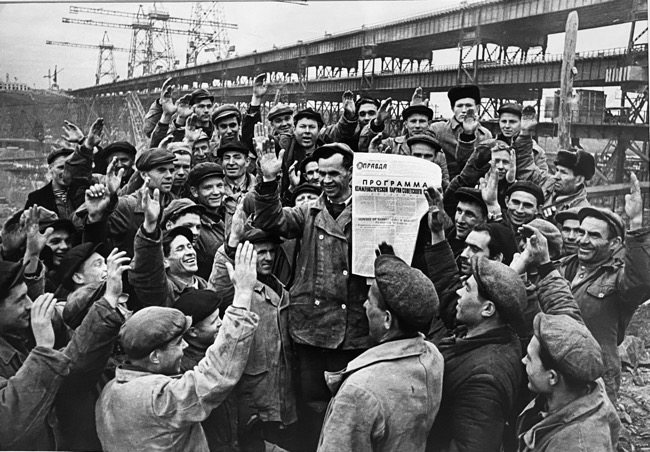Margaret Bourke-White embodied the intersection of modern times and technology. Her photographs not only documented the defining moments of her era but also harnessed the cutting-edge technology of her time to do so. In the midst of the Great Depression and the early years of World War II, Bourke-White’s camera lens captured the realities of industrialization and its human toll. She was one of the first photographers to use the 35mm Leica camera, which allowed her to work in challenging conditions and capture candid moments with unprecedented speed. Her photographs of the wind tunnel at Fort Peck Dam, and the Brazilian Clipper showcased her technical prowess. Margaret Bourke-White’s work not only exemplified the power of modern technology in visual storytelling but also highlighted the societal changes unfolding in her time. In yet another corner of MoMA, a small exhibition called “Modern Times” displays several of her works and others’ around a presentation of Charles Chaplin’s film of the same title. We can admire an acrobatic worker on the Empire State Building (Lewis Wickes Hine), the sheet metal workers placing rivets in an awkward position (Homer Page) and wonder about working in a world pre-OSHA. We can stare at the live-size Meccano construction straight out of a Jules Verne novel (Louis Lozowick) or stop on the strong composition of Anatoly Skurkhin’s showing a man brandishing the daily Pravda that describes the program of the party. MoMA’s large collections are displayed, on rotation, in the Collection gallery, providing a continuously renewed sense of wonder.





